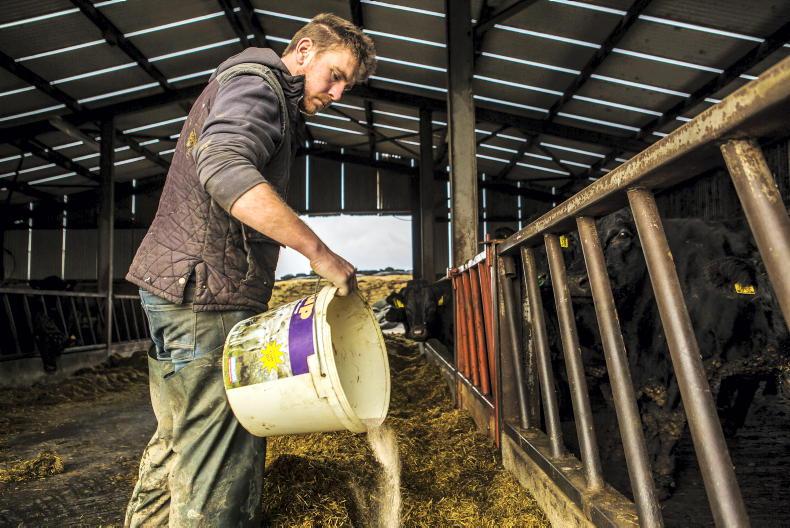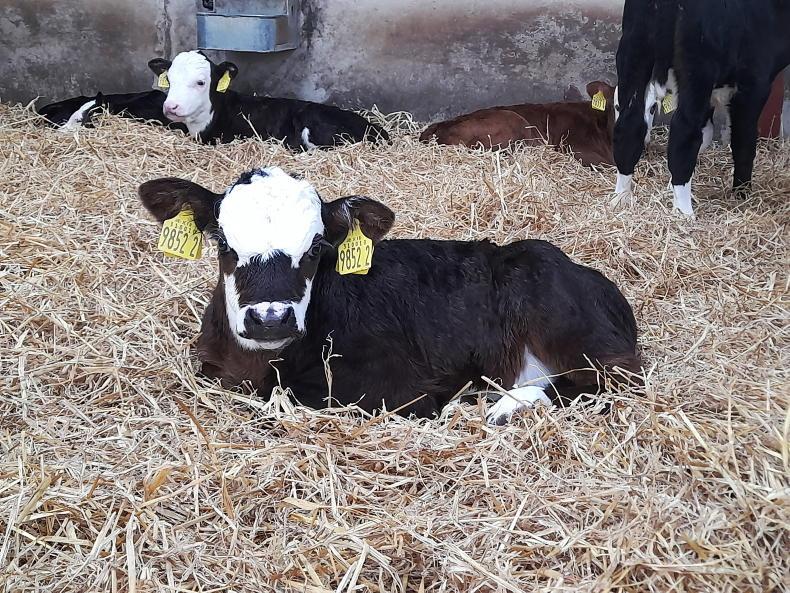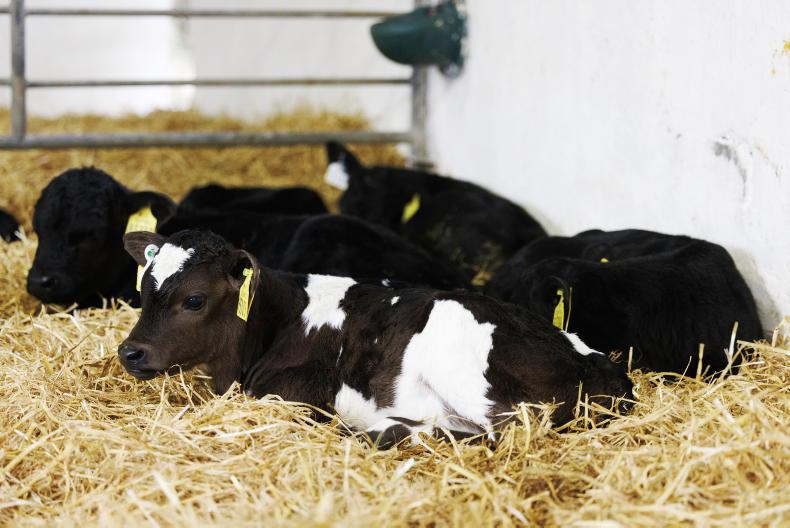On every farm, there will be occasions when a cow calves early with no milk and calves struggling to feed unassisted.
Getting two to three litres of colostrum into these calves within the first few hours of life is crucial.
But hand-milking this volume of colostrum from a stressed cow after a hard labour, especially a first-calving heifer, is not an option.
Therefore, you will need to feed colostrum from another cow or a powdered product. Both have merits and drawbacks.
Storage options
If there is another fresh calved cow, milk colostrum from her and freeze for later use. Getting colostrum from a neighbouring dairy herd is also an option, but be mindful of disease transmission.
The best option for storing colostrum is zip-lock bags. Laying the bag flat in the freezer keeps the colostrum in a thin layer with a big surface area.
This means colostrum can be defrosted in minutes using warm, but not boiling water. Storing colostrum in a milk carton is a popular option, but it will take much longer to thaw.
Do not use boiling water to thaw colostrum, as it destroys the proteins in the milk that are absorbed by the calf.
Powdered colostrum is expensive, but can be quickly mixed and fed on demand.










SHARING OPTIONS